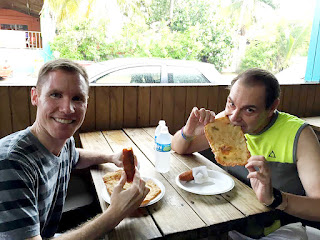Shirin Ahmed, Program Manager, GHLI
I was at the end of spending two weeks with delegates from Ethiopia who were visiting the United States as part of Yale GHLI Strategic Thinking in Foreign Affairs Symposium followed by a tour in DC to meet with leaders on Capitol Hill, at think tanks and the State Department. I felt so welcomed by the group— they even gave me an Ethiopian name, Shelemat, a prize or reward in Amharic.
During our time in DC, I was pleased to see the enthusiasm on both ends, reinforced by mutual commitments to resolving regional conflicts, fostering business development and strengthening US-Ethiopia relations. But I also sensed a concern from the Ethiopian side about its “image” in the US, often misrepresented by western interest groups and now exacerbated by Ebola. However, it was encouraging to hear that despite these perceptions, as noted by someone from the US Chamber of Commerce, Ethiopia stands at the “cusp” of economic growth and it is only a matter of time that the country would become a major player for US investments.
One individual at the Foreign Services Institute asked me what Yale was doing with the group -- a question I asked myself at the beginning of the program. But I get it—building and strengthening. I had seen those words in writing in our Symposium brochure, but I truly understand it now. The learning at Yale coupled with relationship building in DC may be the jumpstart for the MFA to advance its foreign policy agenda.
With each passing day, I have new Ethiopian followers on twitter and Shelemat continues to receive thank you messages from the MFA.
As I sat at a restaurant not far from the White House discussing Ethiopian (and Pakistani) politics and bonding over honey wine with my friends from the Ethiopian Ministry of Foreign Affairs (MFA), it struck me how issues of regional security and organizational capacity are quite similar across borders.




















